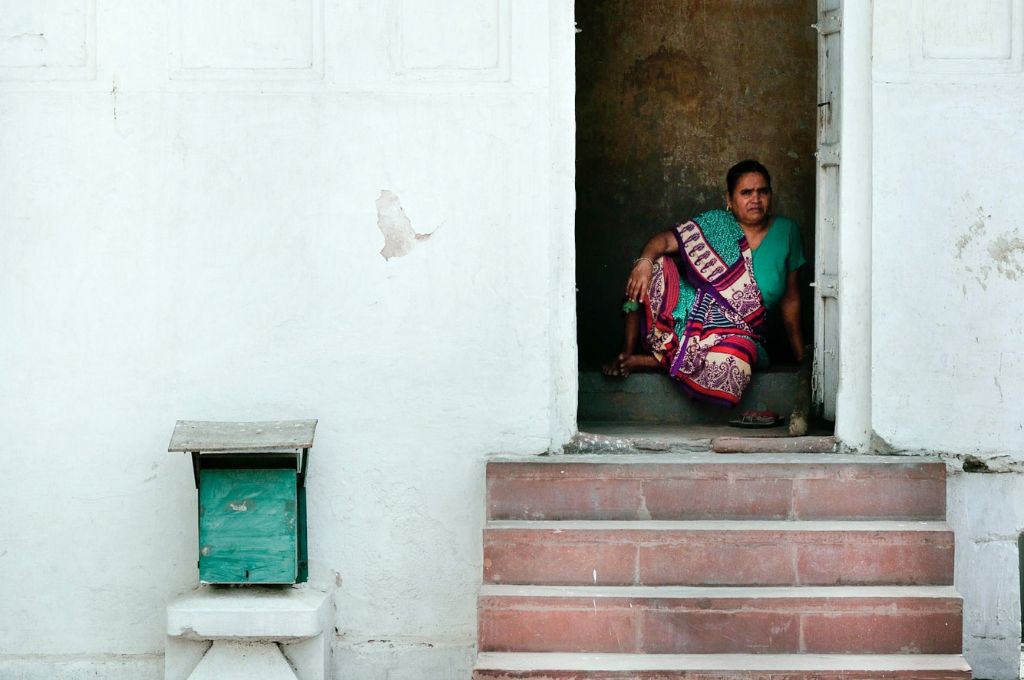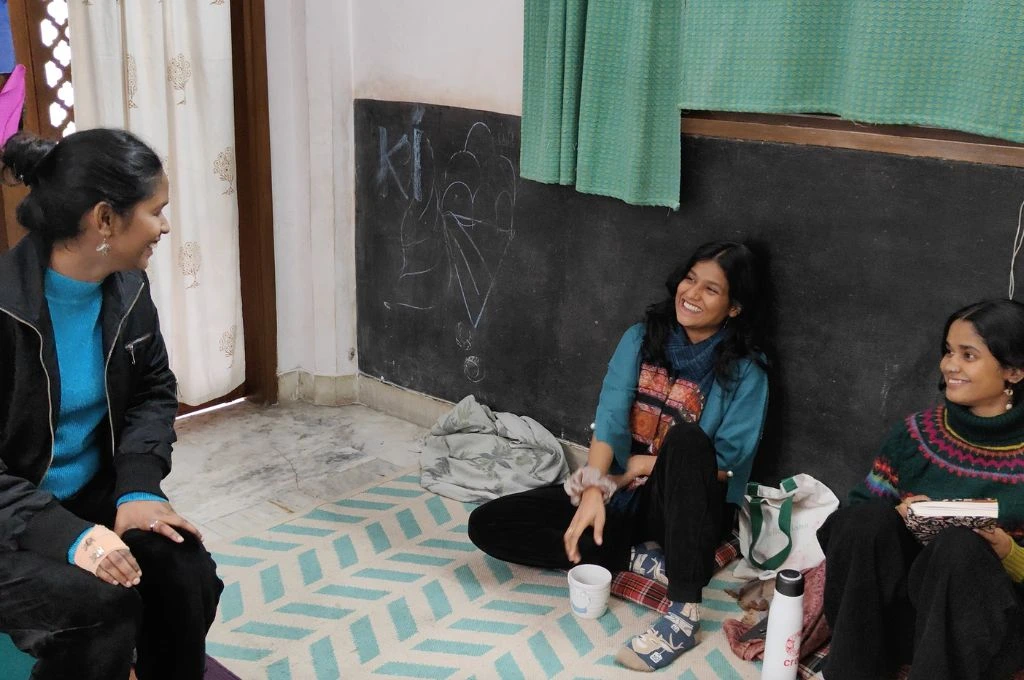Globally, mental health professionals are (very) slowly beginning to take note of the social world that has always surrounded the individual. Increasingly, politics, history, and economics are being acknowledged in conversations about individual mental health. However, the multiple social determinants of individual mental health, including discrimination, prejudice, and bias, are acknowledged by a very small number of researchers and an even smaller number of mental health practitioners. The result is a field that is largely non-inclusive both in its theories and practice.
There is a lot of research that discusses identity-related inequalities in mental health experiences and outcomes in terms of individuals’ gender, caste and religion, sexuality, etc.1,2 Minorities and stigmatised groups are disproportionately affected by stressors, and the prevalence of mental disorders such as depression and anxiety are higher among them as compared to the general population. An individual’s social identities, such as their gender, religion, caste, and sexuality, operate simultaneously to either enhance or constrain their life experiences at individual, interpersonal, and institutional levels. A therapist can help mental healthcare seekers reconcile with the structures that define their life and affect their individual health and interpersonal relations. However, in reality, they rarely spot these structures, let alone address their psychological impact on the individual/care seeker.
Therapists often believe that a ‘client-centred’ approach negates any need to address their social realities.
Very few mental health professionals recognise the relevance of taking an individual’s social identities into account while engaging with them in therapy spaces, designing interventions, and conducting research. Even fewer therapists do so in their practice. Instead, therapists from dominant groups adopt one-size-fits-all practices3 claiming that centring the person is equivalent to being inclusive. For example, therapists often believe that a ‘person-centred’ or ‘client-centred’ approach, which isolates an individual from their surroundings, negates any need to address their social realities. But doesn’t ‘centre-ing’ the person include centring all the social conditions that shape their life experiences? After all, the personal is (deeply) political.
People lack trust in non-inclusive therapy
At the beginning of 2022, Belongg, a social enterprise that focuses on intersectional approaches to social impact and development, undertook a study asking 111 individuals about their social identities, experiences with identity-based discrimination and prejudice, their mental health, and experiences with mental healthcare such as any therapeutic or psychiatric services they had sought in the past. The study found that 59.46 percent of the participants faced identity-based discrimination in their lives, and a quarter of them faced such experiences every day. Only half of them were using mental healthcare services, and those who weren’t cited affordability as the major barrier.
When individuals who had experienced identity-based discrimination overcame financial barriers and mental health stigma and finally reached the steps of a mental health professional’s office, a whole slew of new issues awaited them. They were confronted by therapists whose acceptance of different social groups was unclear. For example, a casteist comment that a respondent’s therapist passed pushed him to carefully conceal his Dalit identity in therapy.

Hence, by playing hide-and-seek with their social and political stances, mental health professionals made therapy a very laborious task for mental healthcare users who felt they were ‘testing the waters’. Ajay, a 28-year-old queer Dalit person, reported bringing up certain topics carefully in therapy and filtering out their caste when the therapist’s reactions revealed caste blindness. In addition, the experiences of the study’s respondents show that ‘queer-affirmative therapy’ often takes an ugly shape, validating an individual’s sexuality while discrediting other, possibly more salient, parts of their identity. This happens even though caste-based discrimination has profound implications for a person’s mental health that are compounded when a ‘lower’-caste identity intersects with a minority sexual identity.4
How can therapists create safe spaces?
Unsurprisingly, very few respondents reported discussing their identity-related experiences in therapy. Those who didn’t rated their experiences poorly as compared to those who had discussed issues such as discrimination from family members, professors, peers, etc.
As Indian society becomes increasingly divisive, professionals must actively prioritise signalling social tolerance and acceptance. They must realise that the client–therapist relationship is one of extreme power imbalance and move away from the assumption that their professional title and the promise of ‘compassion’ makes individuals feel safe in their presence. The study provided some insights into how the therapy space can become more inclusive.
1. Small signifiers go a long way
Therapists do not need a grand coming out as inclusive, anti-oppressive, or rights-based. Madhu, a 28-year-old queer woman, said, “Something as simple as a small rainbow flag in your room tells the person, ‘Hey! I am safe to talk to.’” A care seeker’s perception of a therapist’s multicultural competence can be affected by simple objects such as wall art from a non-Western country that reflects different cultures in their office. Professionals can take such small steps—for instance, adding a pin, a poster, or even a few words on their website—as affirmations of their inclusive approach.
2. Frequent skills training is necessary
Mental health professionals who had been specifically trained to work with certain minority groups and those who had experience working with them were rated more positively than those who had not. Participants’ asks from mental health professionals were simple. They wished that professionals would introduce themselves in greater detail so that care seekers did not expend energy and money trying to understand the professionals during the first few sessions. They wanted professionals to be more socially aware and update their knowledge and skills using workshops.
3. The identity of the therapist makes a difference
Some of the participants of the study who had faced discrimination felt that no amount of training, upskilling, and reading can make up for the social differences between them and the mental health professional. Neha, a 25-year-old woman from Northeast India who faced discrimination on account of her regional and racial identity, said, “No matter how comfortable the therapist can make the room to be or the conversation to be, I don’t think they can help.” Echoing a similar sentiment, Madhu said, “I need a therapist from the (queer) community to feel at ease.”
Mental healthcare as a profession must be financially sustainable to be inclusive.
For individuals to be matched to a professional from their community, systemic and institutional changes are necessary. It calls for efforts to make education more accessible to minority communities. Similarly, mental healthcare as a profession will have to be made more financially sustainable to attract people from marginalised communities.
The study identifies many gaps in the mental healthcare landscape that make it difficult for people from marginalised identities to access professional support. It will take a combination of changes to fill this gap. This includes small changes that mental healthcare professionals can make to build a more inclusive space for care seekers. But larger, systemic shifts, such as a change in the functioning of India’s education and healthcare system, will also be as necessary.
Saransh Bisht contributed to this article.
This article was updated on October 24, 2022. Edits were made to the grammar, for clarity.
—
Footnotes:
- S Malhotra and R Shah, ‘Women and Mental Health in India: An Overview’, Indian Journal of Psychiatry, 57 (2), S205, (2015).
- J R Wandrekar and A S Nigudkar, ‘What Do We Know About LGBTQIA+ Mental Health in India? A Review of Research from 2009 to 2019’, Journal of Psychosexual Health, 2(1), 26–36, (2020).
- C Lago, ‘Diversity, Oppression, and Society: Implications for Person-Centred Therapists’, Person-Centered & Experiential Psychotherapies, 10(4), 235–47, (2011).
- A S Askari and B Doolittle, ‘Affirming, Intersectional Spaces & Positive Religious Coping: Evidence-Based Strategies to Improve the Mental Health of LGBTQ-Identifying Muslims’, Theology & Sexuality, 1–10, (2022).
—
Know more
- Learn why community mental healthcare needs to go beyond institutionalisation.
- Understand how climate disasters psychologically affect communities.
- Learn how casteism affects mental health in India.
Do more
- Join this community of mental health professionals and researchers to learn more about inclusive therapy.





